10 key components of ecommerce every online business must master
Behind every successful online store lies a complex, interconnected ecosystem of technology and operations. For any entrepreneur or marketer, understanding these moving parts is the blueprint for building a resilient and profitable digital business. This guide will deconstruct that machine, piece by piece. We will explore the fundamental components of ecommerce that form the backbone of any successful ecommerce operation, from the digital storefront customers see to the backend logistics they don't.
The core components of a robust ecommerce ecosystem include:
- Ecommerce platform
- Online storefront
- Product catalog management
- Shopping cart & checkout process
- Payment gateways
- Order management system (OMS)
- Shipping & logistics
- Marketing & analytics
- Customer service & CRM
- Security & compliance
Let's dive into the function and importance of each one.
1. Ecommerce platform
The ecommerce platform is one of the most critical components of ecommerce, serving as the core software that allows you to build and manage your online business. It acts as the operating system for your entire retail operation, providing the fundamental infrastructure for everything from product listings to order processing. Your choice of platform is arguably the most important decision you will make, as it dictates your store's capabilities, scalability, cost, and the level of technical expertise required.
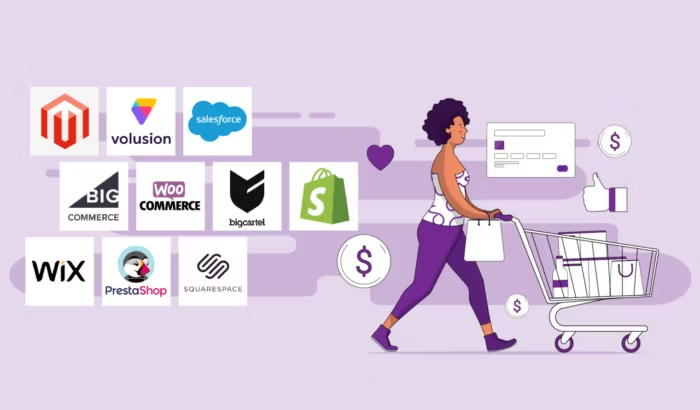
There are several primary types, each catering to different business needs. For many, SaaS (software-as-a-service) solutions like Shopify or BigCommerce are the most accessible, as they handle all technical heavy lifting, allowing merchants to focus on selling. On the other end of the spectrum are open-source platforms such as WooCommerce or Magento Open Source, which provide complete control and unlimited customization but require you to manage your own hosting, security, and development. A more advanced approach, headless commerce, decouples the frontend from the backend, giving enterprises maximum flexibility to create innovative, omnichannel experiences.
2. Online storefront
The storefront, or frontend, is everything the customer sees and interacts with, including the homepage, category pages, and product pages. It is your brand's digital identity, and its quality directly impacts customer perception and sales. A poorly designed, slow, or confusing storefront will drive customers away, regardless of your product quality. Achieving a great user interface (UI) and user experience (UX) involves several key elements working in concert. It begins with intuitive navigation, featuring clear menus and robust search filters that help customers find what they need effortlessly. This must be paired with high-quality visuals, including professional product photography and videos that bring products to life.
Furthermore, every product page needs to be compelling, offering detailed descriptions and clear calls-to-action. Critically, the entire design must be mobile-responsive, as a majority of traffic now comes from smartphones, and fast loading speeds are non-negotiable to prevent visitors from abandoning your site.
3. Product catalog management
Working behind the scenes of the storefront is the product catalog management system. This is the backend database where you create, store, and organize all your product information. A well-organized catalog is crucial because it ensures that the correct information is displayed on the storefront, powers the site's search and filtering capabilities, and is essential for accurate inventory management.

Key functions include product information management (PIM), which centralizes all product data like SKUs, descriptions, pricing, and media. It also handles real-time inventory tracking to sync stock levels across all sales channels and prevent overselling. This system is also where you manage pricing and promotions and use categorization and tagging to organize products logically, improving both user navigation and internal management.
4. Shopping cart & checkout process
The shopping cart and checkout system are essential components of ecommerce that directly impact your ability to convert visitors into paying customers. The shopping cart allows customers to select items for purchase, while the checkout process is the journey they take to finalize that purchase. This is the critical moment where a visitor converts into a customer—or where a sale is lost.
A staggering percentage of shopping carts are abandoned, making optimization of this component a direct path to increasing revenue. The primary goal is to minimize friction by asking for only essential information and offering a guest checkout option to avoid forcing account creation. Providing multiple payment options, from credit cards to digital wallets like PayPal and Apple Pay, caters to diverse customer preferences. Crucially, transparency about all costs, including taxes and shipping, must be maintained from the start to prevent last-minute surprises. Finally, displaying trust signals like security badges reassures customers that their sensitive information is safe.
5. Payment gateways
A payment gateway is a service that securely captures and transmits customer payment data from your website to the payment processor. Essentially, you cannot accept online payments without one. It acts as the secure middleman between your store, your customer, and the banks, encrypting sensitive credit card details to ensure the transaction is safe.
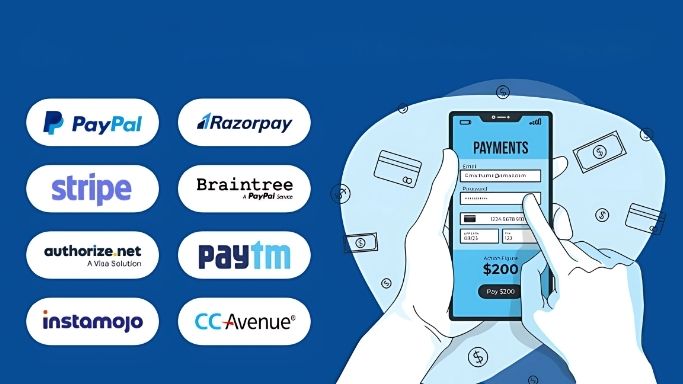
When a customer enters their payment details at checkout, the gateway encrypts this data and sends it for authorization. The response—approved or declined—is then sent back to your website to either confirm or reject the order. This entire process happens in seconds. Popular and trusted gateways like Stripe, PayPal, and Braintree are integral to building a reliable ecommerce operation.
6. Order management system (OMS)
Once a customer clicks "Confirm Purchase," an order management system (OMS) takes over. The OMS is a centralized system for tracking all orders from the moment they are placed until they are fulfilled, and even through the returns process. While a small startup might manage orders with a spreadsheet, an OMS becomes absolutely vital for efficiency, accuracy, and customer satisfaction as a business scales. It prevents orders from being lost, ensures they are routed to the correct warehouse, generates pick lists for staff, integrates with shipping carriers to create labels, and sends tracking information to the customer, providing a single source of truth for your entire team.
7. Shipping & logistics
This component covers the entire physical process of getting a product from your warehouse into the customer's hands. It includes warehousing, picking and packing, shipping, and returns management (often called reverse logistics). Shipping is a massive factor in the modern customer experience, with high costs and slow delivery being major reasons for cart abandonment.
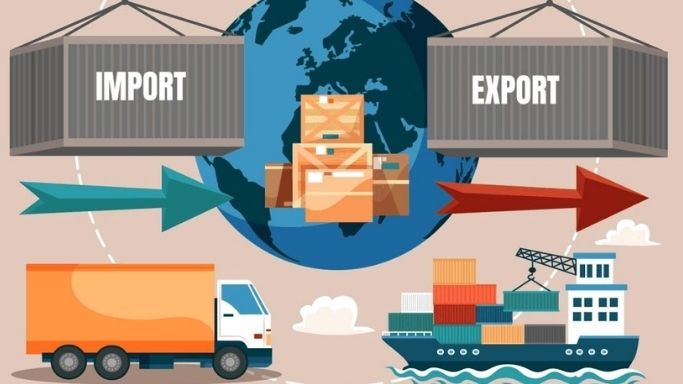
The strategy you choose—whether free shipping, flat-rate, or real-time calculated rates—directly impacts conversion. Your systems must have carrier integration with major services like FedEx, UPS, or USPS to get rates and print labels efficiently. You must also decide on a fulfillment model, whether handling it in-house, using a third-party logistics (3PL) provider, or dropshipping. A clear and easy returns management policy is also essential for building long-term customer trust.
8. Marketing & analytics
You can have the best products and website in the world, but without marketing, no one will know you exist. This component is one of the most dynamic components of ecommerce, encompassing all the tools and strategies used to attract visitors, convert them into customers, and retain them for future purchases. Marketing is the engine of growth.
Search engine optimization (SEO) helps your site rank in search results, while content marketing attracts an audience through valuable blogs and guides. Paid advertising (PPC) and social media marketing drive targeted traffic, and email marketing is crucial for nurturing leads and encouraging repeat business.
Paired with marketing is analytics. Using tools like Google Analytics, you can track traffic, user behavior, and conversion rates, ensuring that your marketing spend is delivering a positive return on investment (ROI).
9. Customer service & CRM
Customer service involves all interactions with a customer before, during, and after a sale. In today's hyper-connected world, excellent service is what turns one-time buyers into loyal, repeat customers. A customer relationship management (CRM) system supports this by acting as a central database for all customer information and interaction history. This allows for personalized and informed support.
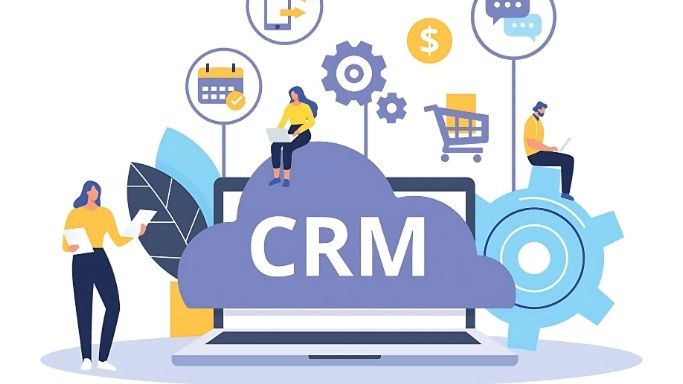
Common service channels include live chat for instant assistance, email support for detailed inquiries, and helpdesk systems like Zendesk or Gorgias to track issues systematically. A self-service FAQ or knowledge base can also empower customers to find their own answers, reducing the load on your support team.
10. Security & compliance
Security and compliance are non-negotiable components of any ecommerce business. This involves all measures taken to protect your website, your business, and your customers' data from cyber threats, as well as adhering to legal standards for data handling. A single security breach can destroy customer trust and lead to devastating financial and legal consequences. A comprehensive strategy begins with an SSL certificate to encrypt data transmission. For handling payments, PCI DSS compliance is mandatory to protect cardholder information. Businesses must also implement fraud detection systems to block malicious transactions. Beyond transaction security, compliance with data privacy regulations like Europe's GDPR or California's CCPA is essential for managing how customer data is legally collected, stored, and used.
Conclusion
Building a successful online store is about carefully selecting, integrating, and optimizing each of these 10 essential components. From the foundational platform you choose to the post-purchase email you send, every piece plays a critical role in the customer experience and your bottom line. By understanding how this digital machine works, you can build a powerful ecommerce engine that drives growth, fosters customer loyalty, and sets you up for long-term success in the competitive digital marketplace.
If you’re new to the world of online selling, take a quick tour through Ecommerce Basics — a collection of simple, helpful guides to get you started the right way.



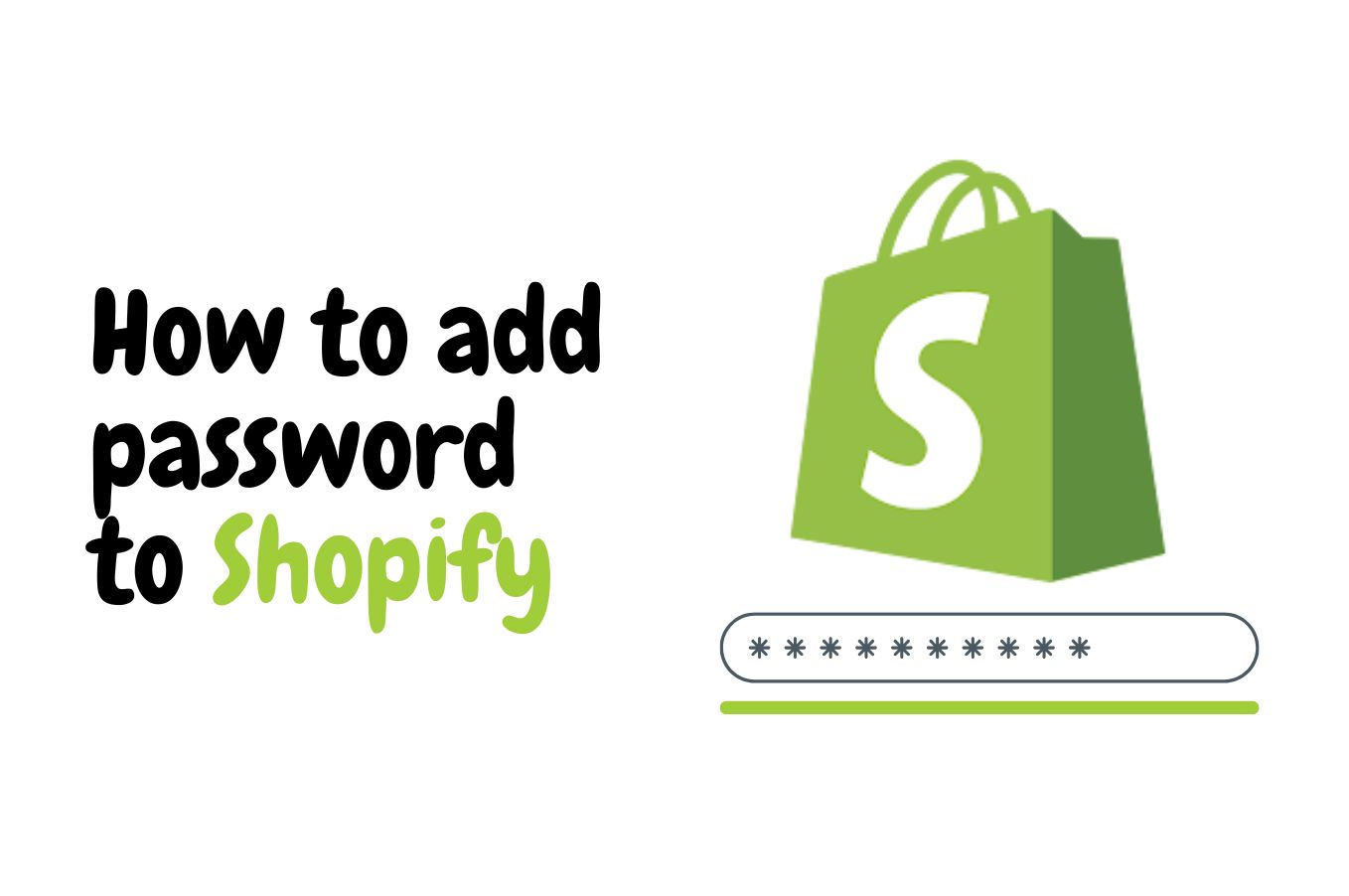
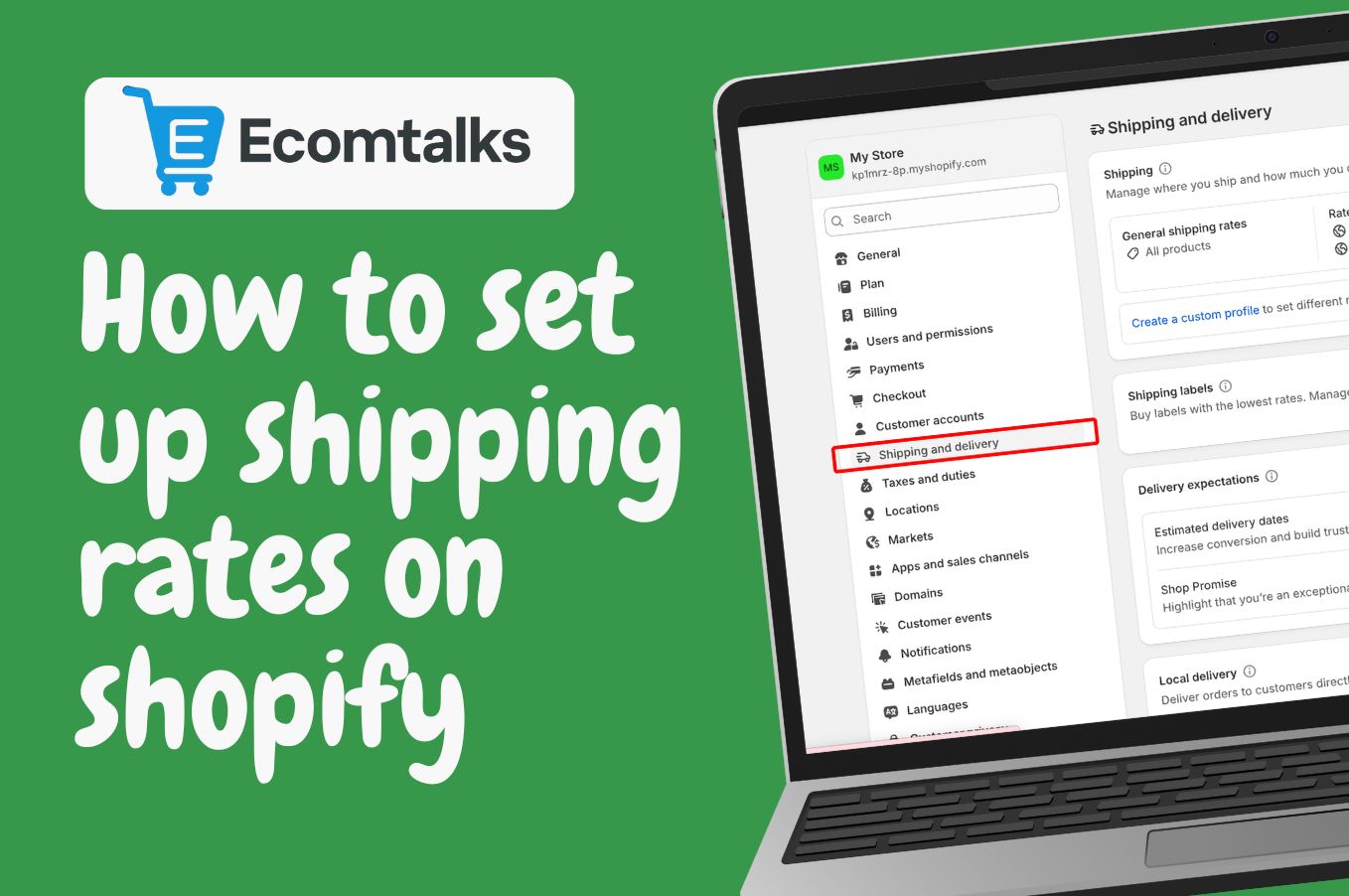

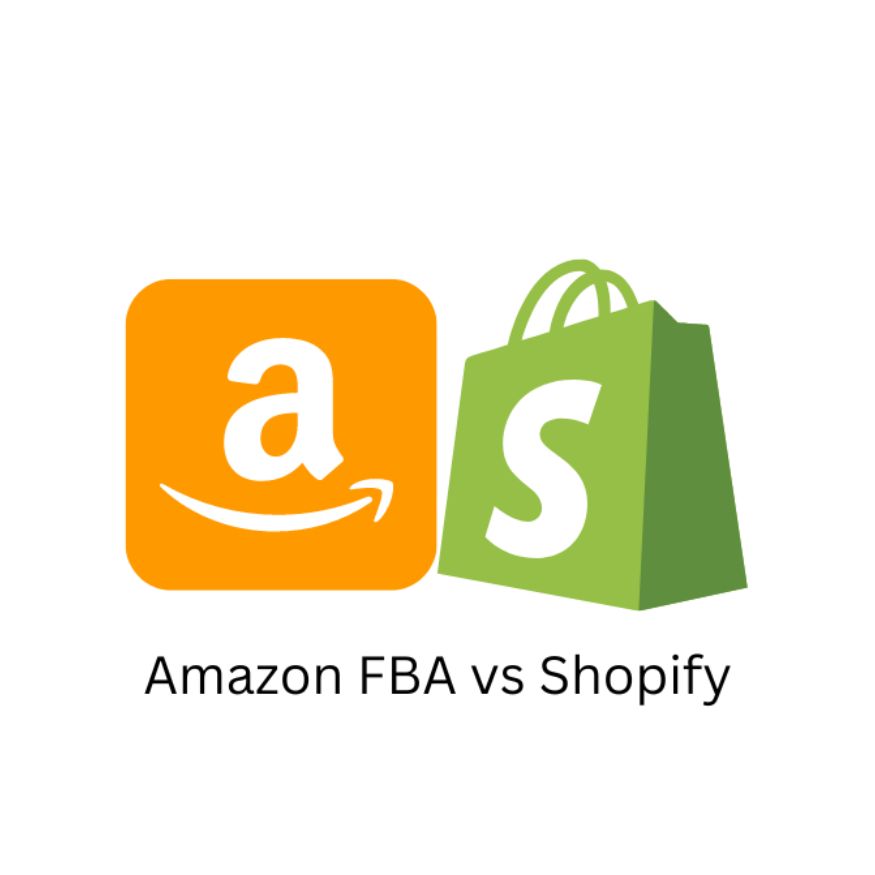
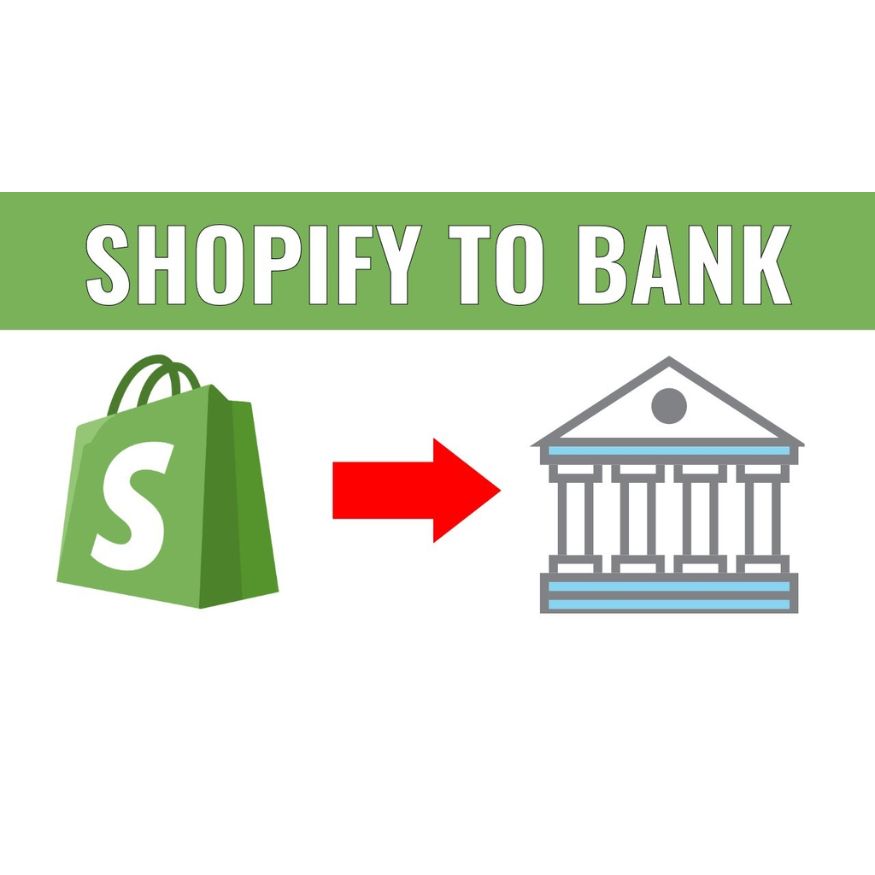
.jpg)
.jpg)